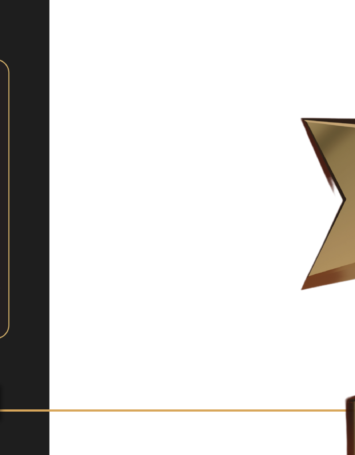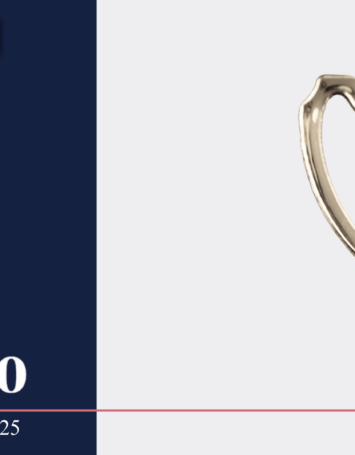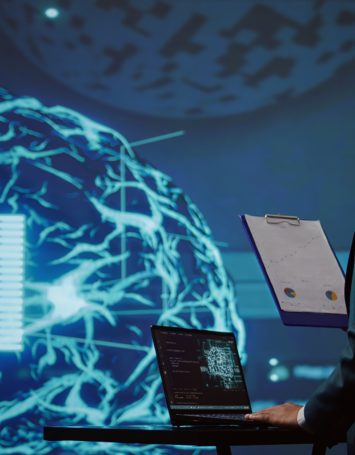Written by Amir Rubinstein, Ph.D.
A patent is a legal tool, providing its owners the right to prevent others from using, producing, offering to sell, selling and importing (for the purpose of anyone of said actions) the inventive product (the invention) in the country where it was registered, for 20 years. The patent’s scope is determined by its claims. If the claims are given on the specific product only, it will be easy for competitors to do a “design around”, i.e. doing a minor change so on one hand the desired functionality (uses and characteristics) of the product will be kept; and on the other hand the change will be bigger enough so the product resulting from said change will no longer be covered by the claims’ scope. Thus, it is clear that in most cases the patentee (patent owner) will request a scope slightly wider or preferably much wider – than the specific product.
Over the course of years, “genus” claims have been developed especially (but not only) in the pharmaceutical industry (“pharma“) – where a molecular backbone was claimed, comprising the desired compounds (molecules) and also numerous other (chemical) alternatives more or less similar to the desired compounds. Due to the way molecules are structured – in practice a genus claim could be provided covering millions of compounds (and said claim is described over a few pages).
Patent claims must be novel and non obvious (to involve an inventive step) in view of the prior art published before the patent. One mere publication comprising one compound covered by the genus, published prior to the patent is sufficient to “knock over” (invalidate) the genus claim, regardless of claim’s actual scope. Also, the patent should comply with “enablement” requirement, i.e. the specification must include details and explanations so a person skilled in the art can prepare/use the claimed product. In genus claims it means that there is a requirement from the skilled artisan to arrive clearly, successfully, and relatively easily to all compounds covered by the genus in view of the specification. If a use is claimed in the genus claim, e.g. medical treatment using the compounds, said use must also comply with the enablement requirement (showing an efficient and successful use of all genus’ compounds).
In the past, when pharma patents (having genus claims) were challenged over the “enablement” requirement, the patentees asserted that the tens of actual enabled examples in the specification were enough to enable a skilled artisan arriving at all millions of compounds in the genus; and also to enable him using them successfully, since the examples were asserted to be a representative sample, very similar chemically to rest of the compounds in the genus; and usually they were successful showing the patents complied with the enablement requirement.
Nowadays, we note a trend cementing in the last few years, rooted about a 30 years ago. Pharma industry developed significantly, and slowly, major companies tried to widen their efforts to invalidate competitors’ patents. Numerous patents having genus claims were indeed invalidated in various jurisdictions or never been allowed (did not pass the prosecution (examination), unique to each country), allegedly due to lack of enablement, contrasting the above trend where enablement was approved. The pharma industry is unique, in the sense that it’s an ”unpredictable art”, meaning an art where it’s very difficult to predict and understand what would be the result (e.g. in a chemical reaction used to prepare the examples) in a given modification to, for example, the compound’s structure. In jurisdictions and/or during prosecution, various arguments were alleged, to show lack of enablement, for instance: the representative examples were not enough in view of the huge diversity of all compounds in genus, and that the experimental problems (solubility, intermediates’ stability, isolation difficulties etc.) could not be predicted, and so are the solutions – in preparing all genus’ compounds based on a reasonable experimental effort; and it was also alleged that in regards to medical indication associated with the genus’ compounds – it is difficult to impossible to predict or show that the whole genus comprising the millions of compounds will be as active as the tens of exemplified compounds in the specification, in view of the unpredictability that is much more emphasized when said compounds interact with a living species, interaction where numerous factors are involved (chemical, biological and biochemical). In the following, it was ruled that the patents lacked enablement due to the hereinabove discussed arguments:
Idenix Pharm. LLC v. Gilead Scis. Inc., 941 F.3d 1149 (Fed. Cir. 2019); and
Enzo Life Scis., Inc. v. Roche Molecular Sys., Inc., 928 F.3d 1340 (2019).
Also, numerous times when there is a need to prove that the patent claims involve an inventive step which is non-obvious to the skilled artisan – the patentee tries to show that the results of the medical use of the compounds are not only successful on their own, but they are truly surprising, unexpected and/or have a substantial improvement (so the extent of improvement is surprising) in view of what is known so far. Due to the lack of certainty as noted above and especially in the context of compound’s interaction with a biological site – it is clear here as well that proving that if we have tens of actual examples with great biological/medical results then the whole genus covering millions of compounds will show similar results – is a great challenge in view of recent trends and rulings. When this matter is not proved, the claim is weakened significantly in terms of inventive step, thus endangering its existence.
In conclusion, it is safe to assert that planning a patent having extremely broad claims – is not always the ideal solution. Yet, some patentees assert they know their field well, so they are sure the competition at their “niche” is minimal and even null, allegedly, so they “only” need to pass the patent prosecution, hence they should be worried less concerning third parties invalidation challenges following registration. They would prefer thus to draft the broadest claims, and to assert the number of examples is enough and representative etc. Besides drafting a first (independent) claim as the broadest, it is clear that drafting of narrower claims as “fallback positions” are highly recommended, in any case where the first one would not be registered or it would be registered and then cancelled/invalidated. As a rule of thumb, as the numerical ratio between number of covered compounds by the genus to the number of actual examples decreases – it will be easier to assert compliance with the enablement requirement. Each case depends on the technological field and the specific circumstances thereof.
The above information does not, and is not intended to, constitute legal advice.



